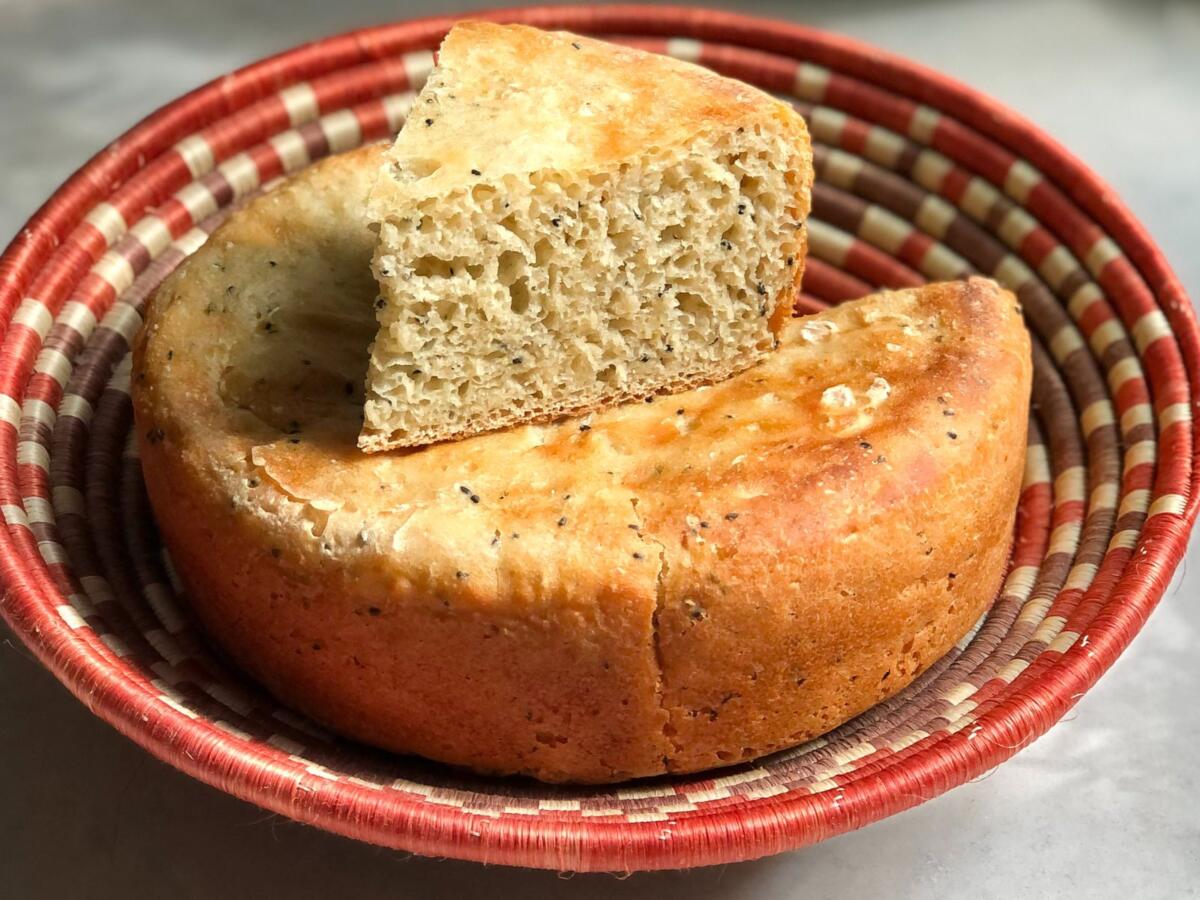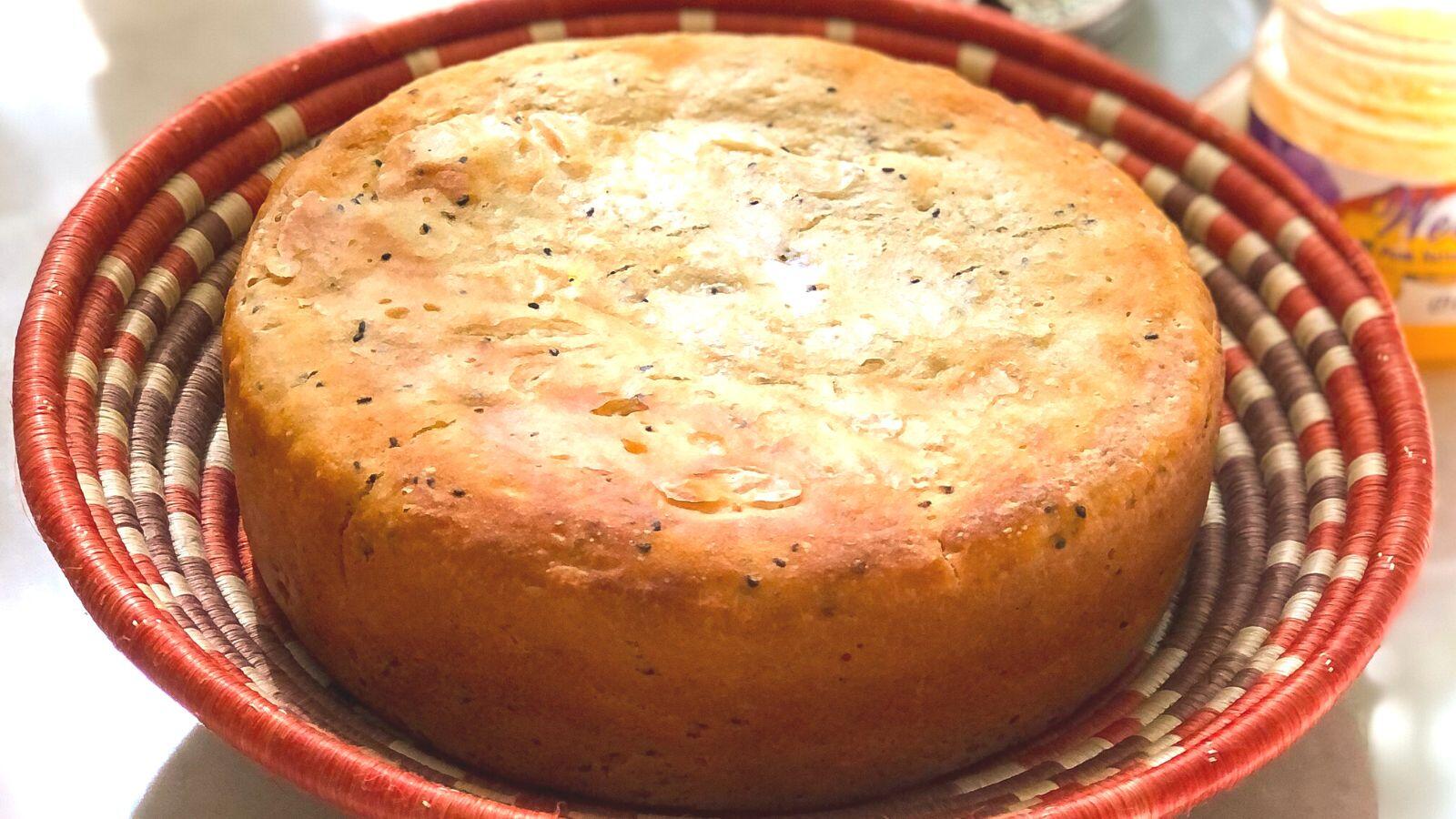Sigd is a Jewish-Ethiopian holiday that symbolizes the renewal of the union between God and the people of Israel marked 50 days after Yom Kippur. The holiday serves for communal self-examination, similar to the individual self-examining during Yom Kippur, and includes fasting and prayer. The idea behind the holiday is that in order to leave the diaspora and move to Israel, the community as a whole needs to repent.
In Ethiopia, members of the Beta Israel community used to gather on high mountains resembling Mount Sinai where the Kessim (religious leaders) read from the Bible. These days in Israel, the community congregates in Jerusalem on a mountain facing the Old City and Temple Mount. Members of the Ethiopian Jewish community fast during the day and after the prayers are over, the women hand a baked bread called dabo to the Kessim for a blessing, then everyone can break their fast.
Dabo is round and crumbly with a touch of sweetness. In Ethiopia the bread was baked in a round clay pot over embers in a fire pit in the ground. It was wrapped in banana leaves to prevent it from sticking to the pot and to keep the bread moist. Upon moving to Israel, Ethiopian Jews changed their baking technique. Now the bread is baked on a burner or in the oven, and the bread is either wrapped in lettuce leaves, or in parchment paper, which serves the same purpose as the banana leaves.
Dabo was always considered a festive bread, served on Shabbat and holidays, as opposed to the better-known injera flatbreads, which are used for everyday meals.

To break the fast on Sigd, Ethiopian Jews feast on lamb or chicken stew with potatoes and eggs, all served with dabo. Dabo is also served during Shabbat and holidays, and is considered a staple of Jewish Ethiopian Shabbat breakfasts as well.
The post How to Make Dabo, the Festive Ethiopian Jewish Bread appeared first on My Jewish Learning.




